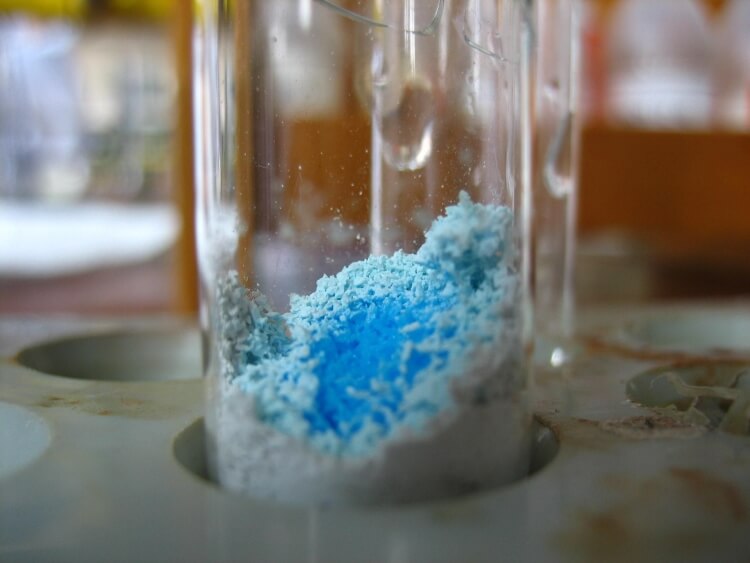2h
General rT3(Reverse Triiodothyronine) ELISA Kit
General rT3(Reverse Triiodothyronine) ELISA Kit
6000pg/mL
27.55pg/mL
74.07-6000pg/mL
reverse transcription
Competitive Inhibition
ELISA Enzyme-linked immunosorbent assays Code 90320007 SNOMED
Infection immunity;Endocrinology;Hormone metabolism;Autoimmunity;
E05 478 566 350 170 or Enzyme-Linked Immunosorbent Assays,E05 478 566 350 170 or Enzyme-Linked Immunosorbent Assays
RT3; r-T3; Reverse T3;(2S)-2-Amino-3-[4-(4-Hydroxy-3,5-Diiodophenoxy)-3-Iodophenyl]propanoic Acid; 3,3',5'-Triiodo-L-thyronine
Reverse transcription primers are used in PCR but in vivo reverse transcription begins when the viral particle that enters the cytoplasm of a target cell with its reverse transcriptase. The viral RNA genome enters the cytoplasm as part of a nucleoprotein complex that has not been well characterized. The process of reverse transcription generates, in the cytoplasm, a linear DNA via an intricate series of steps. This DNA is collinear with its RNA template, but it contains terminal duplications known as the long terminal repeats (LTRs) that are not present in viral RNA . Extant models for reverse transcription propose that two specialized template switches known as strand-transfer reactions or “jumps” are required to generate the LTRs.
This assay employs the competitive inhibition enzyme immunoassay technique. A monoclonal antibody specific to Reverse Triiodothyronine (rT3) has been pre-coated onto a microplate. A competitive inhibition reaction is launched between biotin labeled Reverse Triiodothyronine (rT3) and unlabeled Reverse Triiodothyronine (rT3) (Standards or samples) with the pre-coated antibody specific to Reverse Triiodothyronine (rT3). After incubation the unbound conjugate is washed off. Next, avidin conjugated to Horseradish Peroxidase (HRP) is added to each microplate well and incubated. The amount of bound HRP conjugate is reverse proportional to the concentration of Reverse Triiodothyronine (rT3) in the sample. After addition of the substrate solution, the intensity of color developed is reverse proportional to the concentration of Reverse Triiodothyronine (rT3) in the sample.
